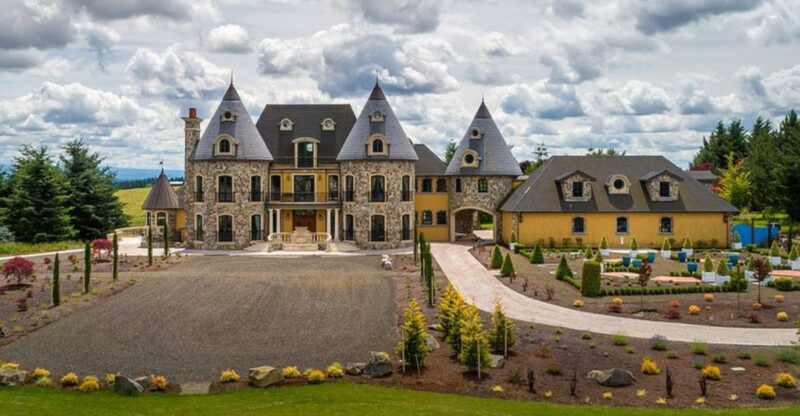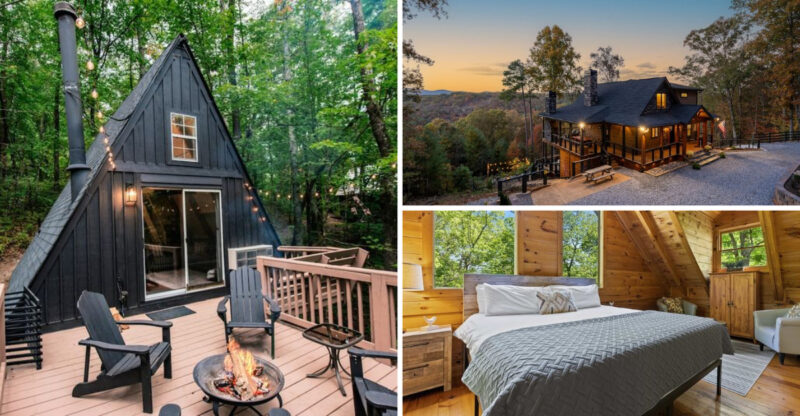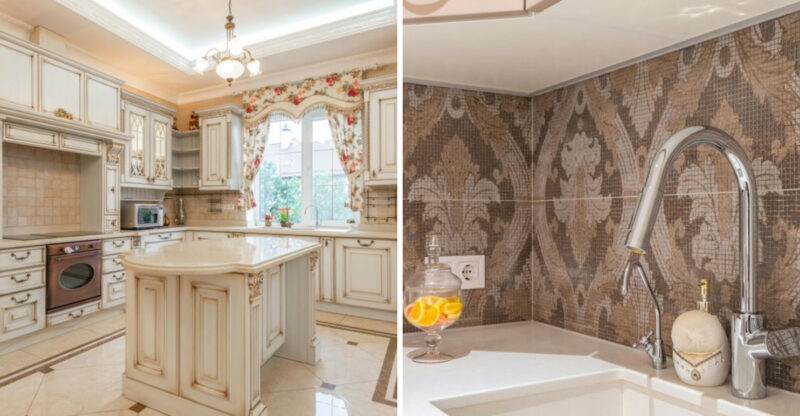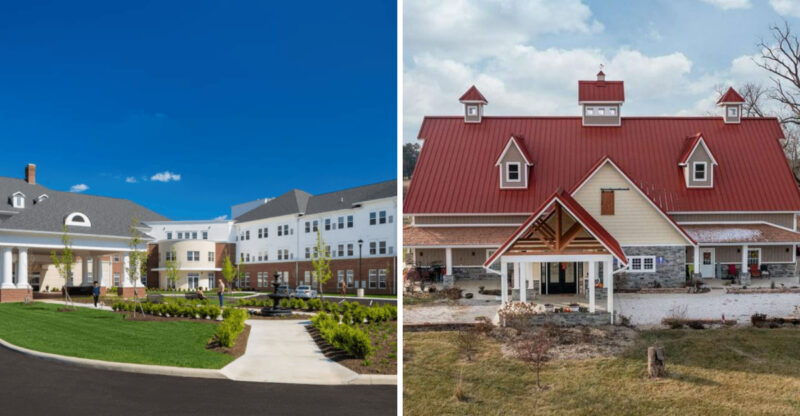8 Brooklyn Decor Trends That Could Fade
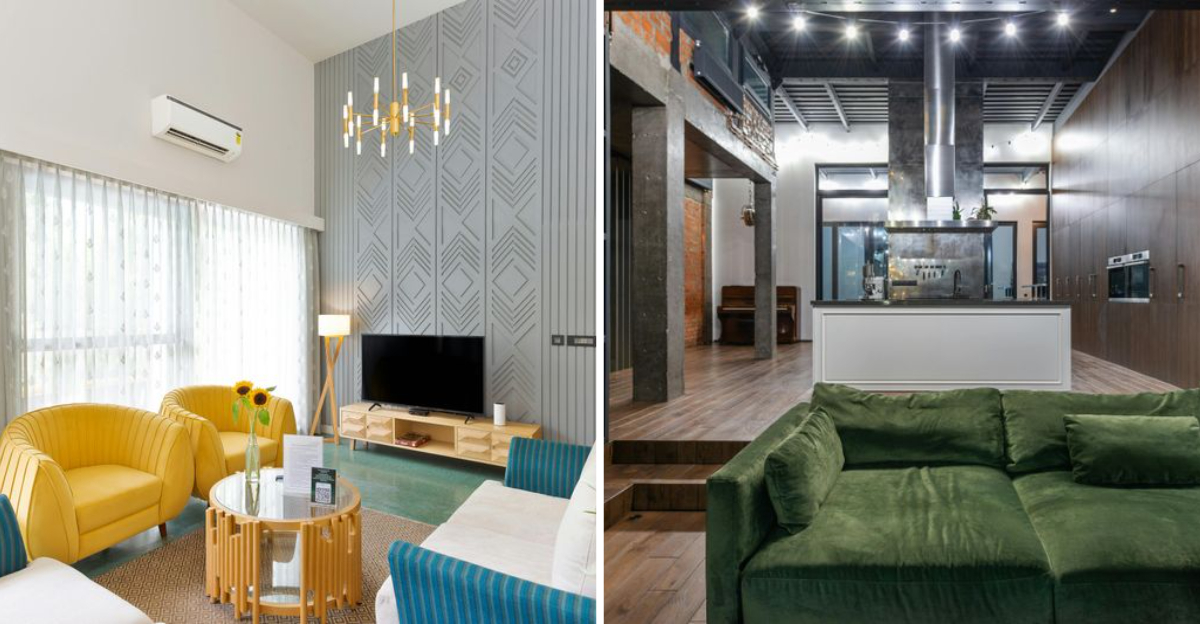
Brooklyn style has dominated interior design for years, inspiring homes worldwide with its industrial-meets-artisanal aesthetic. But like all trends, some Brooklyn decor elements are showing signs of wearing out their welcome.
As design tastes evolve and homeowners seek more personalized spaces, certain fixtures of the Brooklyn look are losing their appeal. Here’s my rundown of 8 Brooklyn-inspired decor trends that might soon fade into design history.
Keep in mind, the popularity of these trends can vary depending on region, personal taste, and evolving design preferences.
1. Overly Ornate Wall Moldings
Remember when everyone was installing intricate crown moldings and wainscoting to mimic those historic Brooklyn brownstones? The pendulum is swinging toward cleaner lines now. These fussy wall details require tons of maintenance and collect dust in all those little crevices.
I’ve seen countless homeowners regretting these installations when they realize the commitment involved. Not only do they need regular cleaning, but they also make rooms feel smaller and more cluttered than necessary.
Many designers are now embracing simpler wall treatments that create visual interest without the Victorian-era heaviness. Think subtle texture rather than ornate detail it’s more versatile and won’t date your space so quickly.
2. Heavy Velvet Drapes
Dark, floor-to-ceiling velvet curtains once signaled Brooklyn sophistication, but they’re quickly becoming yesterday’s news. These heavy window treatments trap dust, block natural light, and make spaces feel smaller and more closed-off than they actually are.
When I visit homes with these dramatic drapes, I notice how they dominate the room instead of complementing it. The maintenance is another drawback professional cleaning is expensive, and they’re magnets for pet hair and dust.
Lighter, more functional window treatments are taking center stage now. Sheer linens and natural fibers that filter light beautifully while maintaining privacy offer the perfect balance of form and function without the theatrical heaviness.
3. Shag Rugs in Every Room
Those ultra-plush shag rugs that once graced every Brooklyn apartment are quickly losing their allure. If you’ve ever owned one, you know the nightmare of trying to vacuum crushed cereal, pet hair, or spilled wine from those deep fibers.
Beyond the cleaning challenges, these rugs trap allergens and dust mites like nothing else. I’ve seen too many friends reluctantly part with beloved shags after realizing they were contributing to indoor air quality issues.
Low-maintenance, flatweave rugs with subtle texture are becoming the smarter choice. They still add warmth and character but without becoming full-time maintenance projects. Plus, they tend to age more gracefully without matting or trapping odors.
4. Large, Fussy Chandeliers
Those statement chandeliers with dozens of arms, crystals, or exposed bulbs that became Brooklyn design signatures are starting to feel dated. While undeniably eye-catching, these lighting behemoths collect dust at alarming rates and often provide surprisingly poor actual illumination.
Having helped friends clean their elaborate fixtures, I can confirm it’s a tedious job requiring ladders, specialty tools, and hours of careful wiping. The disproportionate scale of these lights in average-sized rooms also creates visual imbalance that’s hard to ignore once you notice it.
Simpler, more sculptural lighting that blends form and function is taking precedence. These newer options provide better light distribution while still adding character – without requiring specialized cleaning services or dominating the entire ceiling.
5. Faux Brick Wallpaper
The faux brick wallpaper that once helped countless renters pretend they lived in authentic Brooklyn lofts is rapidly falling from favor. Up close, these imitations rarely fool anyone, with their repeating patterns and flat surfaces that lack the dimensional quality of real exposed brick.
After installing this in my first apartment, I quickly realized how the pattern became visually overwhelming and made the space feel smaller. The adhesive also proved problematic on rental walls, causing damage that exceeded my security deposit.
Today’s alternatives include textured plaster techniques or simply embracing clean walls with architectural details elsewhere. These approaches add character without the dated “trying too hard” vibe that fake brick now carries in design circles.
6. Bright Neon Decor Accents
Those electric pink neon signs, fluorescent yellow throw pillows, and acid green decorative objects that briefly lit up Brooklyn interiors are burning out fast. While initially energizing, these ultra-bright accents quickly become visually exhausting and difficult to coordinate with other design elements.
My own experiment with neon home accessories taught me how quickly they can transform from exciting to irritating. The constant visual “shouting” of these pieces makes spaces feel unsettled and often creates environments that work against relaxation and comfort.
Subtler color stories with more nuanced, complex hues are proving more sustainable for everyday living. These richer, more sophisticated color choices create visual interest without the sensory overload that makes neon accents feel like temporary novelties rather than lasting design elements.
7. Excessive Industrial Metal Accents
Those raw metal fixtures, exposed pipes, and factory-inspired furniture pieces that screamed “converted Brooklyn warehouse” are starting to feel forced and cold. What once felt edgy now often comes across as uncomfortable and impractical in actual living spaces.
Having lived with metal dining chairs and steel coffee tables, I can attest to their literal coldness and tendency to show every fingerprint. The industrial look requires constant balancing with softer elements to avoid creating a space that feels like an actual factory.
Warmer materials like wood, ceramic, and natural fibers are making a welcome comeback. They bring similar character but with added comfort and a more timeless quality that won’t date your space as quickly as that metal pipe bookshelf.
8. Overstuffed Furniture Arrangements
The maximalist Brooklyn look featuring rooms crammed with oversized sofas, multiple coffee tables, and countless accent chairs is losing steam fast. These overstuffed arrangements might photograph well for design blogs, but they create navigational nightmares in real life.
Walking through these spaces often requires an obstacle course of furniture shuffling. I’ve watched friends struggle to serve dinner or entertain in rooms where every square inch is occupied by some bulky piece.
The shift toward more thoughtful, edited spaces reflects our growing appreciation for functionality and breathing room. Fewer, better pieces that serve multiple purposes create more livable environments than rooms where furniture competes for attention and space.

